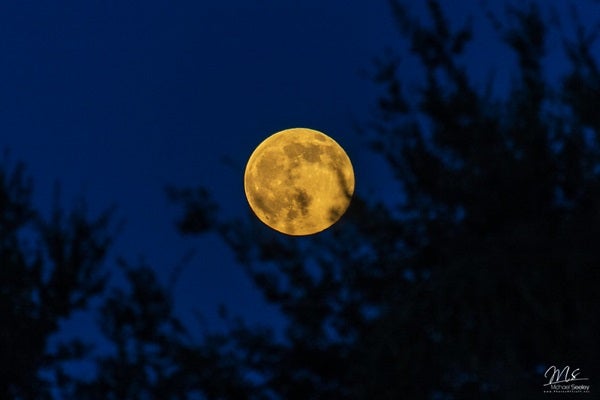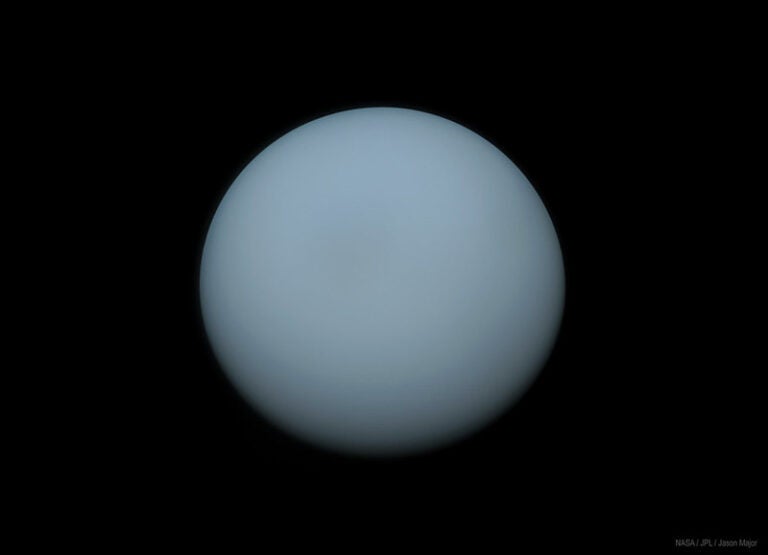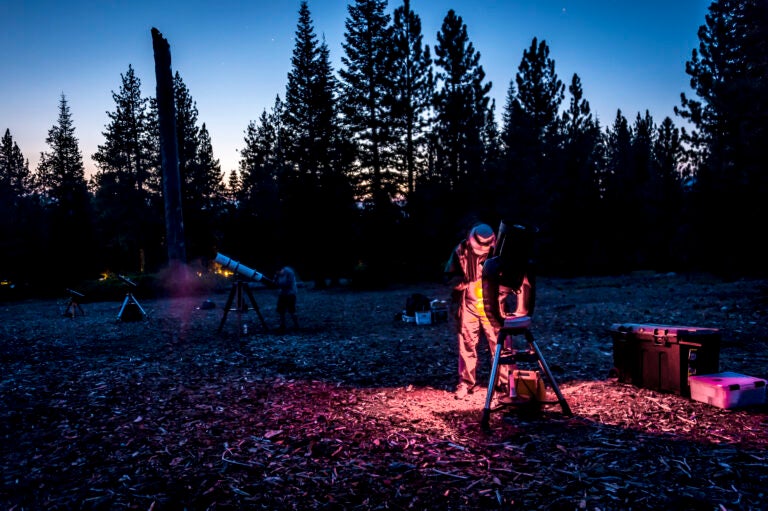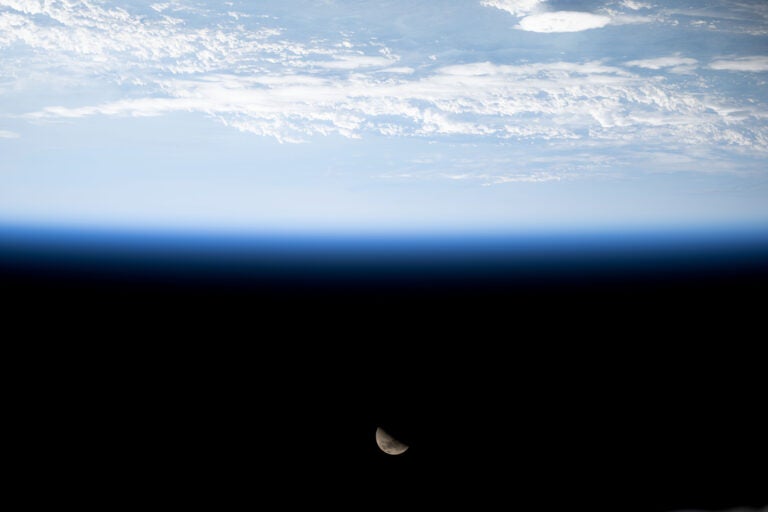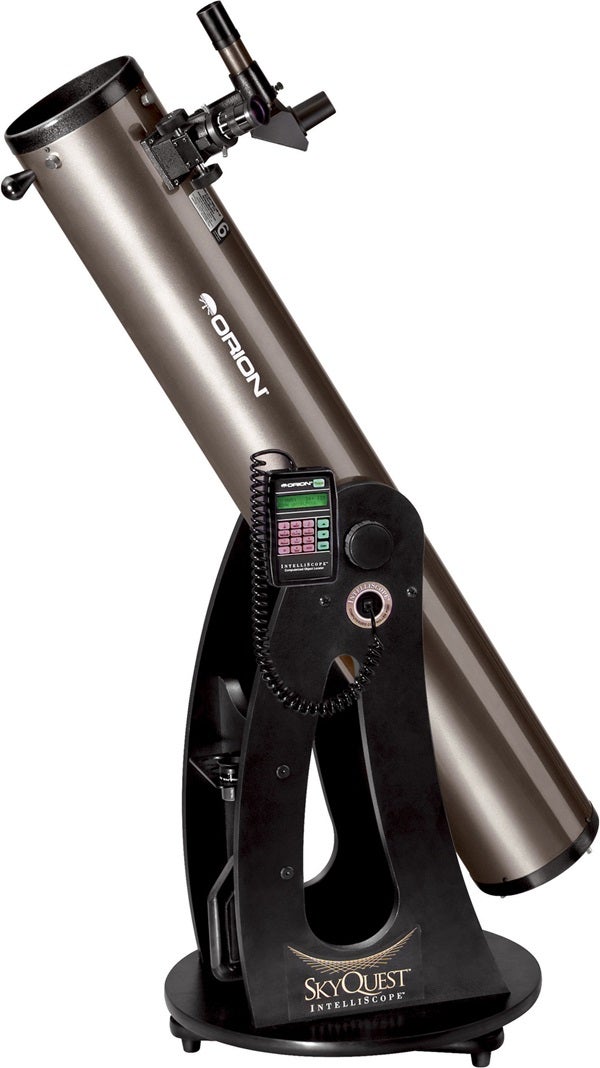
Imagine playing a round of golf with just one club. A driver would work well off the tee, but it wouldn’t be much help on the green. A putter is the club of choice there, but it would fare poorly on tee shots. Success on the links comes from having a full set of clubs, each serving a particular function.
It’s the same in astronomy. No single telescope does it all. At one end of the spectrum are telescopes that provide low-power, wide-field views of extended deep-sky objects like clusters and nebulae. At the other end are scopes that deliver the high magnifications needed to discern planetary detail, split close double stars, or observe compact deep-sky objects.

